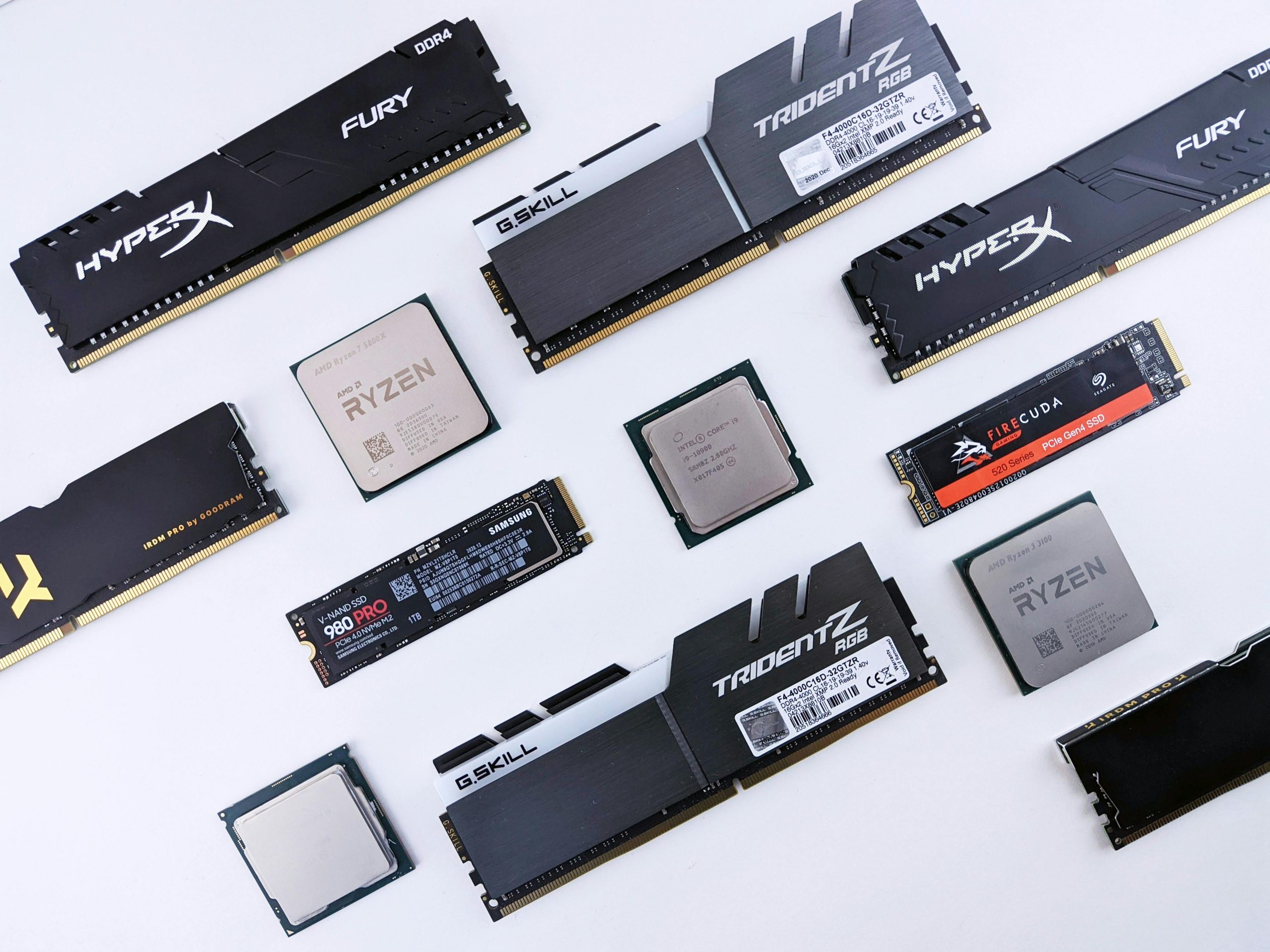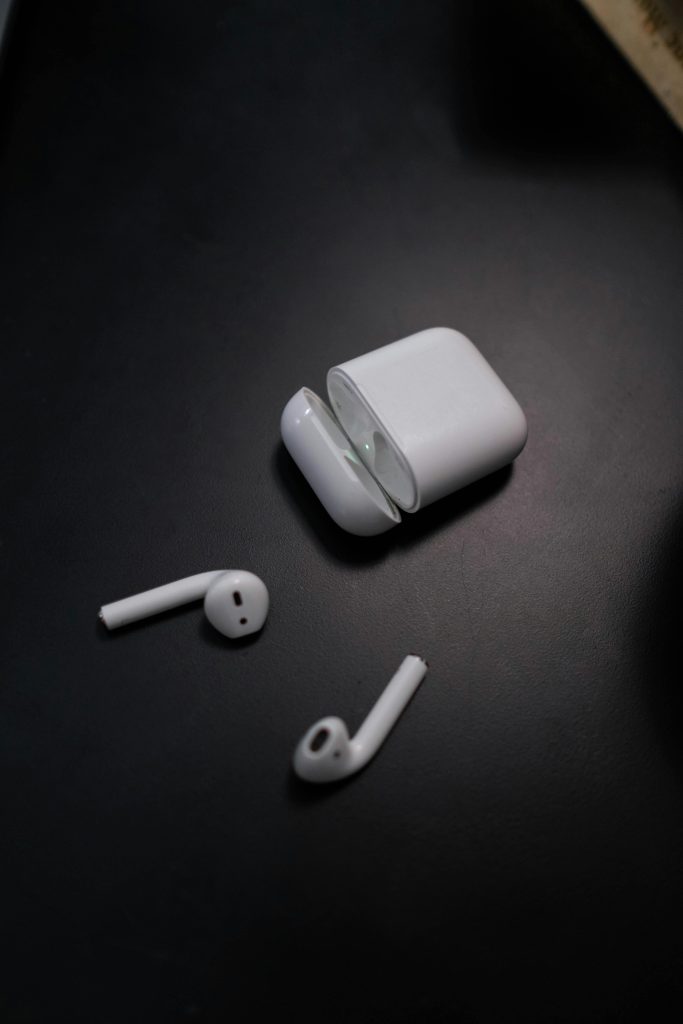Understanding the Risks of Improper GPU Installation
Recently, I encountered a situation that raised an important question for anyone who builds or maintains a PC: What impact can occur if a graphics processing unit (GPU) is not fully seated in its PCI slot?
After installing a new GPU in my computer, I inadvertently overlooked the fact that it wasn’t securely anchored in the slot. It wasn’t until I started cleaning my system a week later that I noticed the issue. Upon rectifying the installation, I was left wondering about the potential long-term consequences this oversight might incur.
The Importance of Proper Seating
First and foremost, a GPU needs to be properly seated in its PCI slot for optimal performance and stability. When a GPU is not fully engaged, several problems can arise:
-
Inconsistent Performance: A partially seated GPU may lead to erratic performance, resulting in stuttering graphics, dropped frames, and potentially crashing applications.
-
Potential Overheating: A loose connection can disrupt power delivery to the GPU, which may cause it to operate inefficiently and overheat. This can lead to thermal throttling, where the GPU reduces its speed to prevent damage from excessive heat.
-
Physical Damage: If a GPU is regularly subjected to minor movements—caused by vibrations, accidental nudges, or cable management—it can damage the PCI connection over time. This might cause pins to bend or break, leading to permanent issues.
-
Short Circuits or Electrical Damage: An improper connection can create electrical shorts, potentially damaging the GPU or other nearby components on the motherboard.
Assessing Damage
Now, you may be wondering if any damage has already occurred after operating the GPU in a partially seated position for a week. It can be challenging to determine any internal damage without professional inspection, but there are a few indicators you might watch for moving forward:
-
Monitor Performance Metrics: Keep an eye on the GPU temperature and performance during demanding tasks. If you notice irregular readings or spikes in temperature, it could signify underlying issues.
-
Visual Inspection: If you’re comfortable opening your PC case again, visually inspect the GPU and PCI slot for any signs of burn marks or physical damage.
-
Testing: Run benchmarking software to gauge your GPU’s performance capabilities. If you experience substantial underperformance or instability, further investigation might be necessary.
Conclusion
If you find yourself in a similar situation, it’s crucial to address any improperly seated
Share this content:



